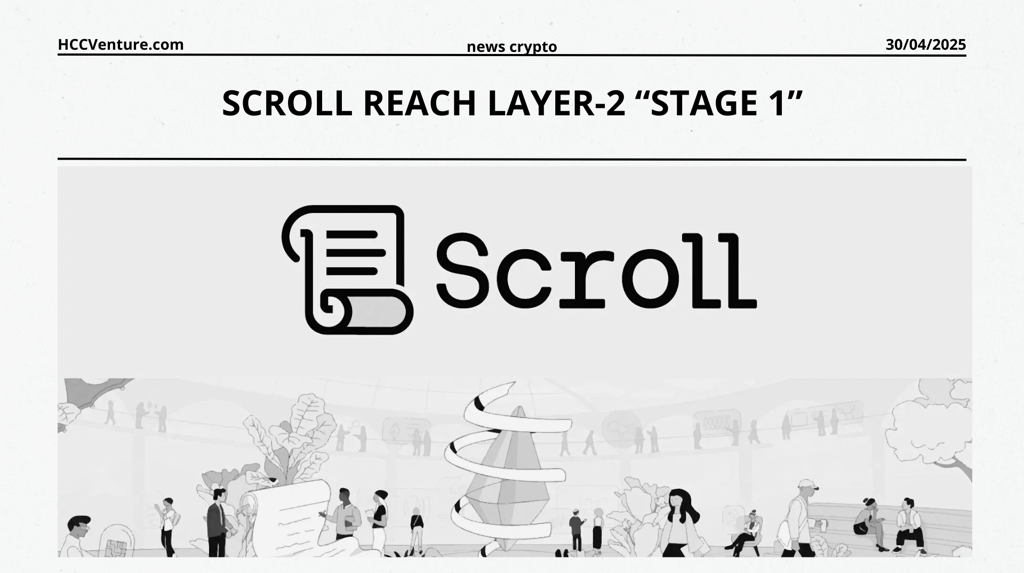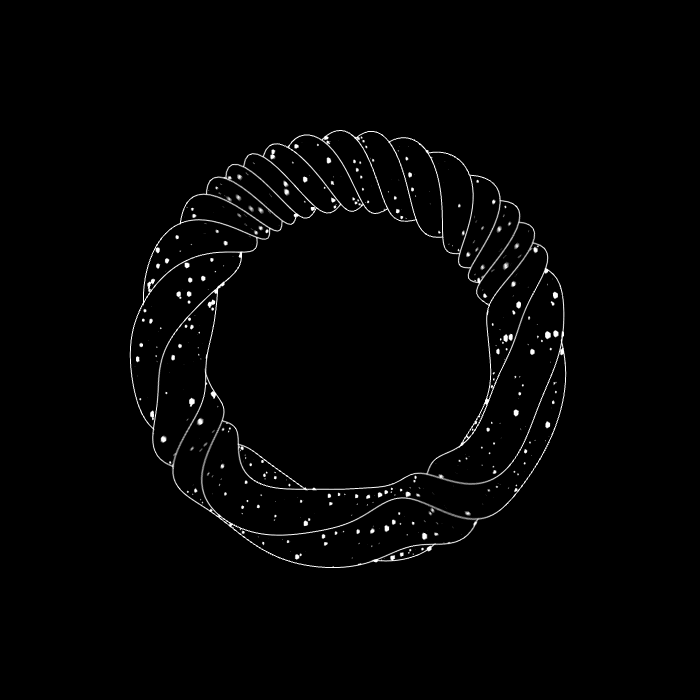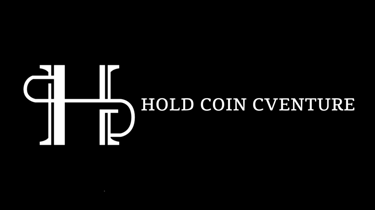Scroll Reaches Layer-2 Stage 1 - A Major Milestone for the zk-Rollup Solution
Scroll, a Layer-2 network using Zero-Knowledge Rollup (zk-Rollup) technology, has officially been recognized as reaching Stage 1 development according to Vitalik Buterin's Rollup scale. This is an important step, marking a reduction in dependence on centralized operators, bringing Scroll closer to the goal of complete decentralization on Ethereum.
4/30/20252 min read


What does it mean to reach Stage 1?
Phase 1 requires the Layer-2 network to implement the Validity Proof framework, allowing users to withdraw assets to Layer-1 without the need for a trusted third party. With Scroll, zk-Rollup technology ensures every transaction is verified from the start, providing high security and superior performance.
This event solidifies Scroll’s position in the Layer-2 market, where the project has reached a valuation of $1.8 billion after a $50 million funding round in 2023. This achievement not only increases user confidence in DeFi applications and NFTs on Scroll, but also affirms the potential of zk-Rollup in scaling Ethereum.
What makes a Scroll reach Stage 1?
Advanced zk-Rollup technology: Scroll uses zkEVM (Zero-Knowledge Ethereum Virtual Machine), which is fully compatible with Ethereum, allowing developers to easily deploy smart contracts using Solidity. Scroll's Validity Proof ensures transaction accuracy, reduces costs, and increases processing speed, making it suitable for dApps that require high performance.
Rapidly Growing Ecosystem: In 15 months of testing, Scroll has deployed over 450,000 smart contracts, attracting thousands of developers thanks to its low costs and easy integration. Programs like “Session Zero” encourage user participation, helping to build a vibrant and diverse community.
Investor and Community Support: Scroll is backed by major funds such as Polychain Capital and Sequoia Capital, providing financial resources and credibility. The Ethereum community also appreciates Scroll for its commitment to decentralization, especially with its plans for a decentralized sequencer and proof network.
Prospects and challenges
Reaching Stage 1 opens up opportunities for Scroll to attract more users and developers, especially in the context of increasing demand for low-cost Layer-2. With a plan to fully decentralize, Scroll could become one of the most efficient Layer-2 networks, competing with Arbitrum or Optimism. The capital and zk-Rollup technology also facilitate the project to expand its ecosystem and integrate with DeFi and GameFi platforms.
Scroll, however, faces significant challenges. Competition in the Layer-2 market is fierce, with rivals such as Arbitrum ($3.25 billion TVL) and Base ($2.49 billion TVL). Scroll needs to improve its TVL and trading volume to establish itself. Additionally, regulatory restrictions in the US and China could hinder its ability to reach global markets. Finally, maintaining performance and security as it scales is a challenge.
Conclude
Scroll reaching Layer-2 Stage 1 is a testament to the potential of zk-Rollups to scale Ethereum. With advanced technology, a growing ecosystem, and strong support, Scroll is well on its way to becoming a pillar of the Layer-2 ecosystem. However, to reach Stage 2 and compete in the long term, the project will need to overcome challenges of competition, regulation, and scaling. This is not only an achievement for Scroll, but also a step forward for the future of decentralized blockchain.
Explore HCCVenture group
HCCVenture © 2023. All rights reserved.


Connect with us
Popular content
Contact to us
E-mail : holdcoincventure_contact@hccventure.com
Register : https://linktr.ee/holdcoincventure
Disclaimer: The information on this website is for informational purposes only and should not be considered investment advice. We are not responsible for any risks or losses arising from investment decisions based on the content here.


TERMS AND CONDITIONS • CUSTOMER PROTECTION POLICY
ANALYTICAL AND NEWS CONTENT IS COMPILED AND PROVIDED BY EXPERTS IN THE FIELD OF DIGITAL FINANCE AND BLOCKCHAIN BELONGING TO HCCVENTURE ORGANIZATION, INCLUDING OWNERSHIP OF THE CONTENT.
RESPONSIBLE FOR MANAGING ALL CONTENT AND ANALYSIS: HCCVENTURE FOUNDER - TRUONG MINH HUY
Read warnings about scams and phishing emails — REPORT A PROBLEM WITH OUR SITE.
